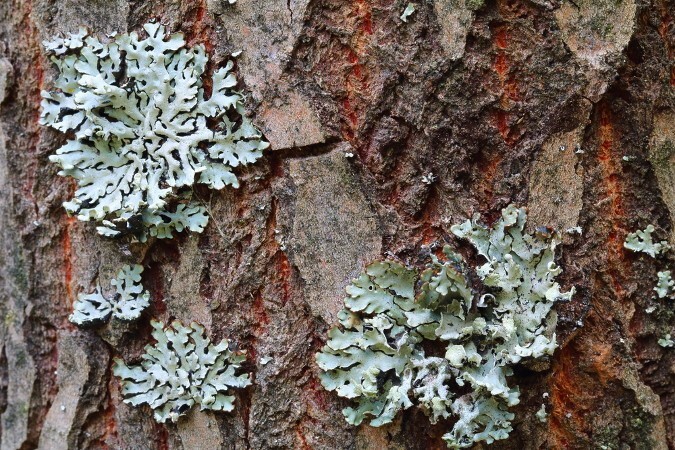Ecological Succession is the structural change of an ecosystem, a gradual and successive process, which at the end of its ecological stage generates a balanced community, that is, stable.
Pretty complex, isn't it? To be clearer, let's take an example of a community, this community undergoes changes in its structural form and in its composition, reaching the climax which is the last stage of change, that is, it is no longer a simple community to become complex.
Example: Imagine a region that is uninhabitable for any type of living being, as it does not have structures that guarantee survival for any being, such as soil, which prevents plants and vegetables from growing, high temperature, which prevents them from growing, due to the lack of soil, the water cannot fix, and ends up evaporating, everything this entails the non-survival of any living being, except for Lichens (Cinoabacteria with fungi) this being has a great capacity to survive in environments like this region, with high temperatures, lack of soil, and little mineral salts, for this fact, are called pioneer organisms, with them also the mosses.
The first function of Lichens in this region is to produce the first layers of soil through organic acids, we can call this phase ecesis, with this layer of soil, temperatures are milder, and there is the emergence of pioneer plant species, contributing to the stability of the environment. This entire process can last for decades, as a rocky soil takes time to open up space and shelter vegetation and other species.
Therefore, the Lichens continue their process, placing more layers of organic acids, producing a kind of "organic carpet", enriching the soil, with this enrichment, small plants appear, this phase can be called seral (intermediate), which provides a soil for living beings to inhabit, developing faster than primary succession, are the main developments in community:

And we reach the last phase, which is the climax, a community fully stabilized and evolved, reaching its point of balance, the changes begin to lose strength, and the ecological succession is compatible with the soil, climate, physical conditions of the places, reaching its final process, main evolutions:

We can also master this entire process by dividing the steps into primary and secondary succession:
Primary succession: As before, imagine a completely uninhabitable soil (rock outcrops, volcanic lava) the process of Primary succession occurs in the colonization of other species in this soil that had no life, growing trees, plants, among other beings. alive.
Secondary Succession: It happens in areas that had life before, but for some reason, natural or human disaster, or some kind of disturbance, caused the its original destruction, this succession recovers areas then deforested, as there was already life before, some traces can be found, such as seeds, roots, for this fact the process is not as slow as the primary succession, a factor that favors the development of species and plants, but it is also a process laborious.
We cannot fail to mention that there are two types of succession, Autogenic and Allogenic succession. THE autogenic is the change occurred by a biological process internal to the system, as an example the transition from an abandoned agricultural field to a mature forest
already the allogenic, are changes by forces external to the system, such as climate change, storms, hurricanes.
Index
Year 1883, a volcano erupts, destroying Cracatoa Island, everything was destroyed, plants, vegetation, living beings, the few fragments left were used for the study of primary succession.
It's very cool to talk about ecological succession, it makes it possible to understand that nothing comes out of nothing, everything goes through a time-consuming and complex process to create new natural environments, bringing with them living beings, plants, animals, insects.
Therefore, it is important to bring this ecological evolution into the classroom, seeking to raise awareness of how much we, human beings, we destroyed this natural part, that is, nature itself, changing the environmental and climatic conditions, a fact that happens in the nowadays, taking the Amazon as an example, how long did it take for everything to be evolved, and how long did it take to be deforested?
Guide children to build their own biological succession, whether from a bean planted in a land, which can be the soil in construction, or a tree planted in a free area near the school or even inside, raising awareness of the importance of waiting, of care, observe, and especially preserve, or even from a design, following the guidelines of the entire process of an evolution ecological.
See too:
Subscribe to our email list and receive interesting information and updates in your email inbox
Thanks for signing up.